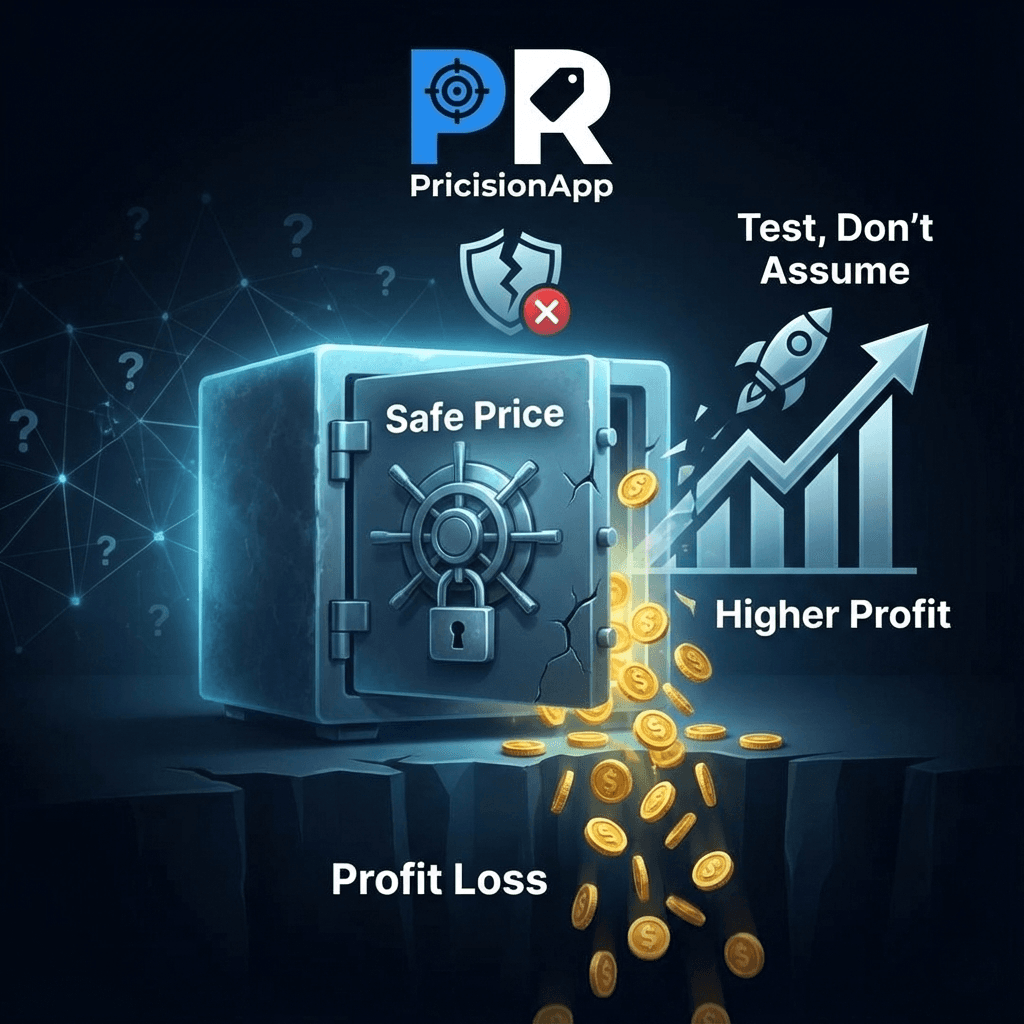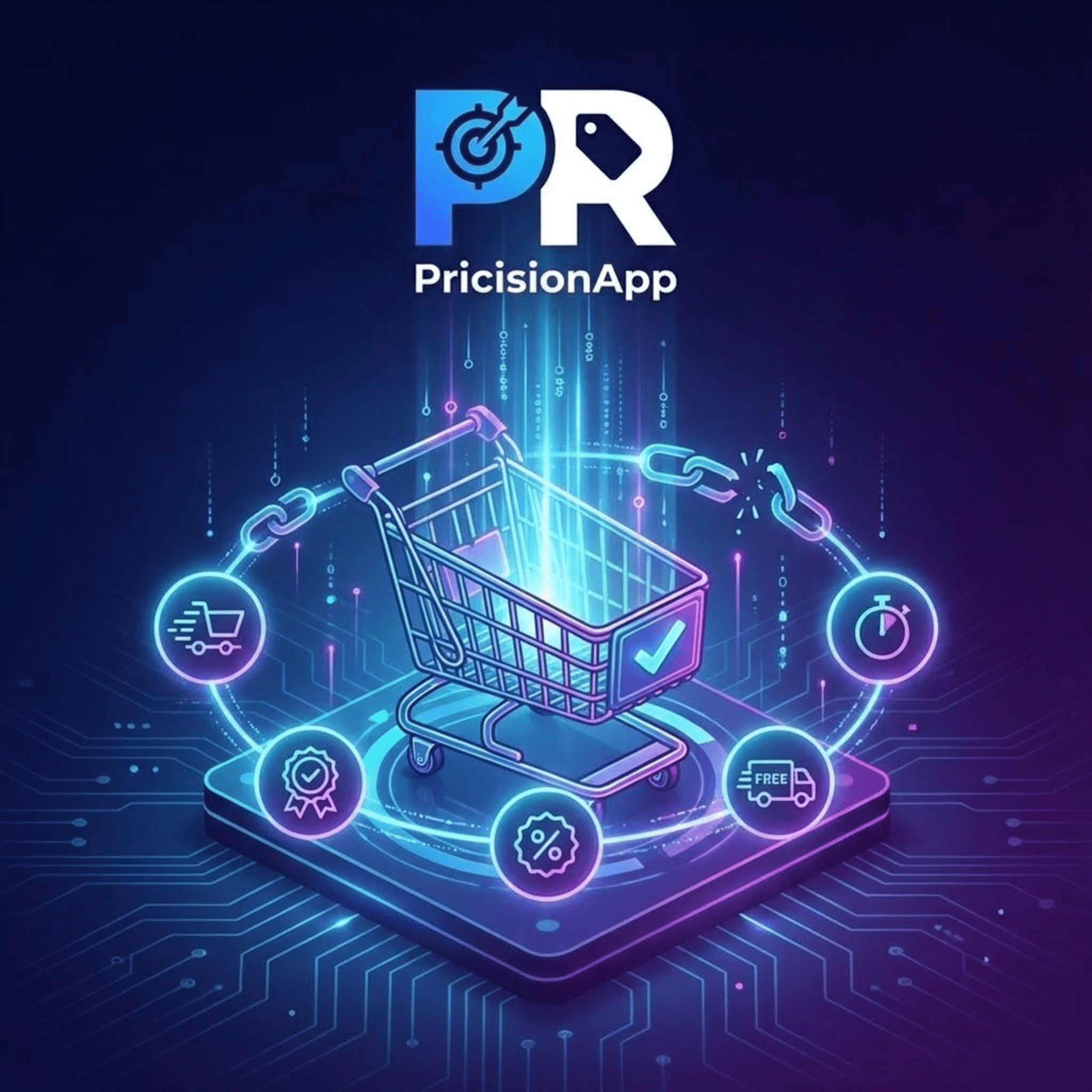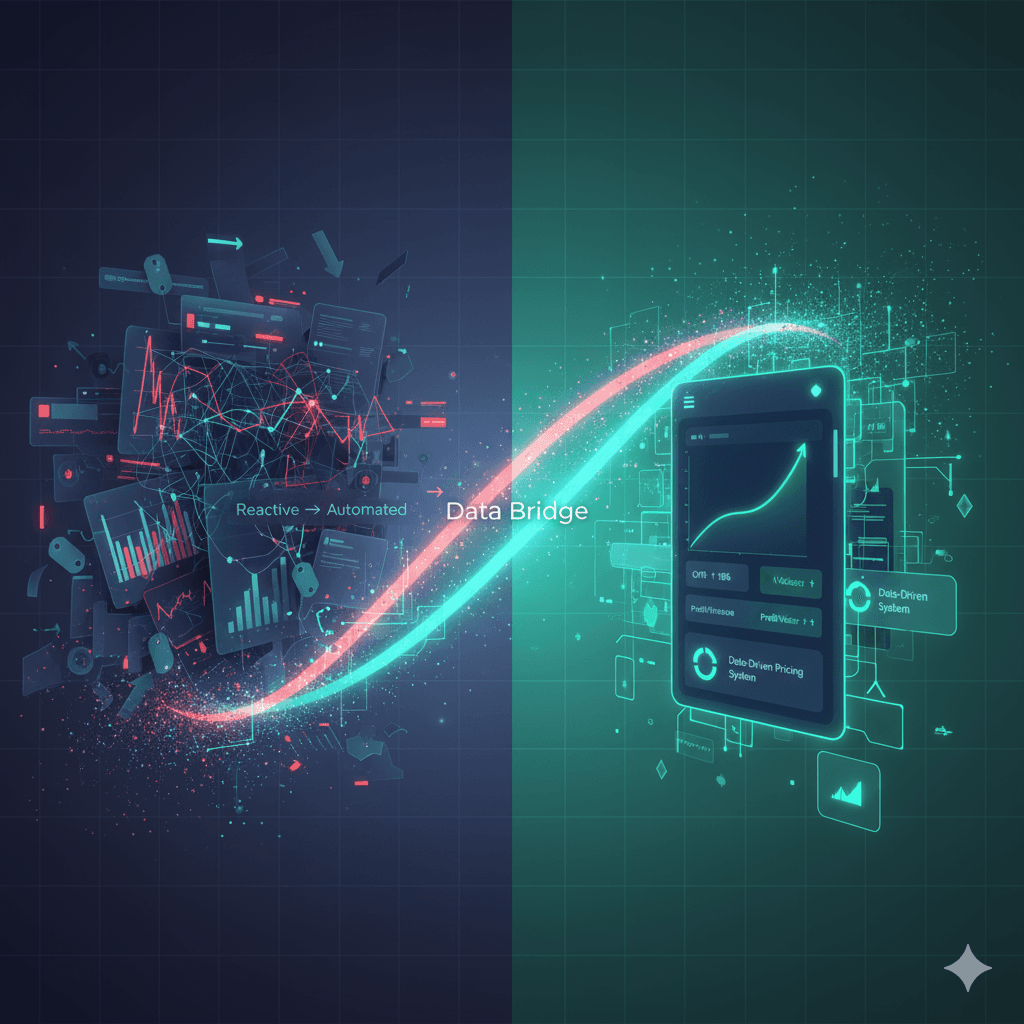Key Principle
Cognitive Bias
Shoppers rarely think logically—prices trigger emotions first.
Science
Behavioral Economics
Pricing decisions happen in the limbic system—fast, emotional, automatic.
Impact
+20–40% Conversion Lift
Brands using psychological pricing outperform flat discounts consistently.
Pricing isn’t just math—it’s psychology. Human brains assign value emotionally first and rationalize later. Use cues like .99 endings, anchoring, and contrast pricing to turn browsers into buyers.
🧭 Understanding How the Brain Sees Price
When shoppers see a price, they don’t calculate—they feel. Studies show that pricing activates emotional regions of the brain, particularly those tied to reward and loss. That’s why $19.99 feels like a better deal than $20, even though the savings are only one cent.
This is called the left-digit effect—our brain pays more attention to the first digit, anchoring perception of value.
🎯3 Psychological Pricing Triggers That Work
1. Charm Pricing
Prices ending in .99 or .95 create the perception of a deal, increasing conversion rates by appealing to emotional intuition.
2. Anchoring
Show a higher-priced option first to make your target price look more affordable. Shoppers compare, not calculate.
3. Contrast Effect
When a $99 product sits beside a $199 one, it feels cheaper. Strategic contrast boosts perceived value.
💰 Applying Pricing Psychology to Shopify
Test psychological price points quickly using tools like Pricision. Run 5–10 variations (.00 / .95 / .99) and track metrics like CVR, RPV, and profit per visitor.
You’ll uncover not just the best price, but the one your customers feel is right.
Your pricing strategy should be based on human behavior, not hunches. Test faster. Learn deeper. Convert more.
Start Free Trial →



